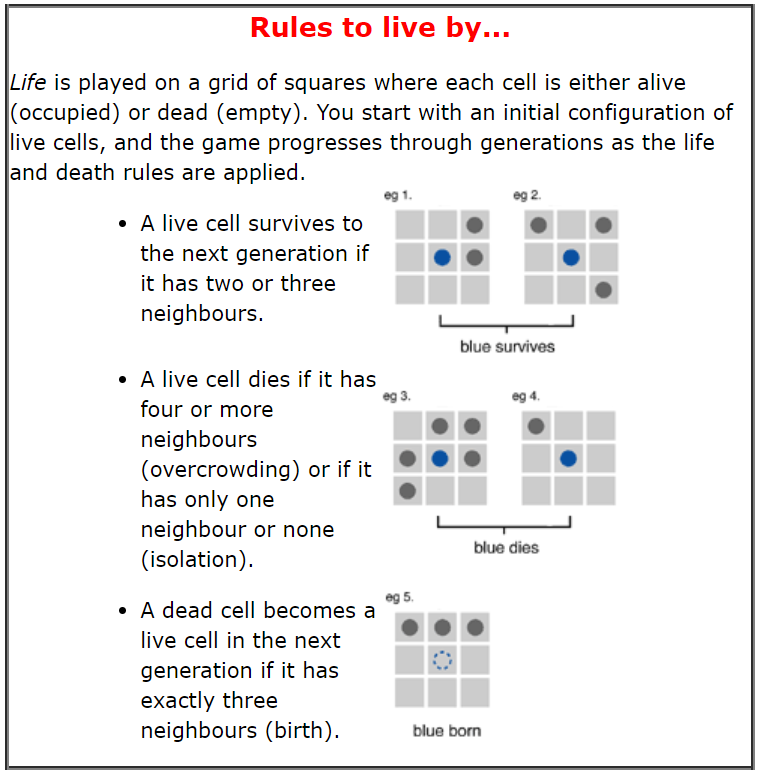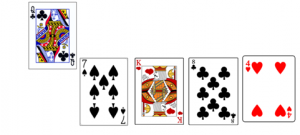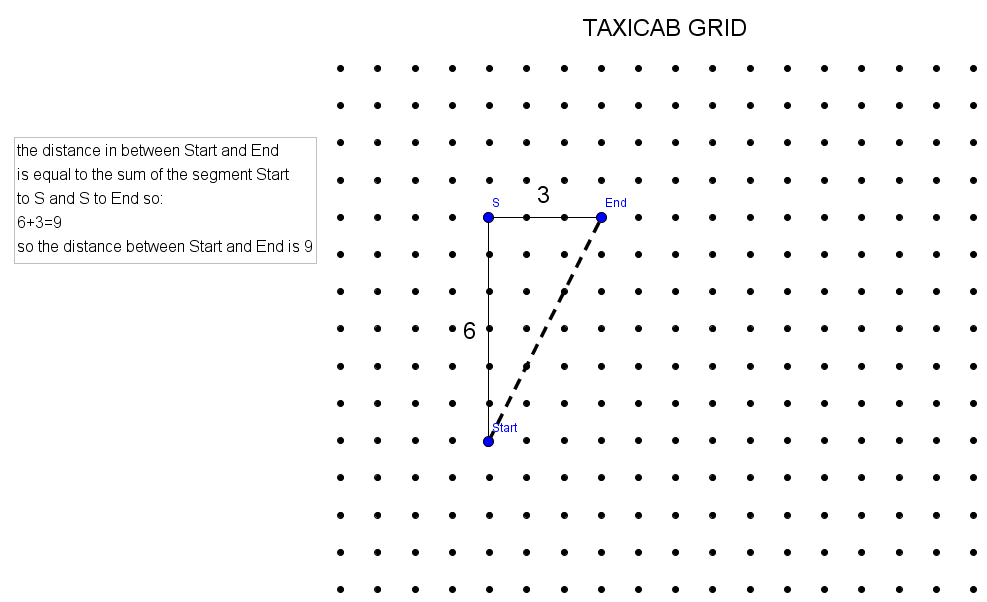
Here is a series of puzzles with red and blue hats that will challenge your logical skills.

Here is a series of puzzles with red and blue hats that will challenge your logical skills.
This activity comes from the great website mathsisfun.com.
Have you ever coloured in a pattern and wondered how many colours you need to use?
There is only one rule
Two sections that share a common edge cannot be colored the same!
Having a common corner is OK, just not an edge.
Let’s start with a simple pattern like a group of nine squares:
What is the minimum colours you need to colour the pattern of nine squares?
How about this one?
How many colours do you need this time?
Let’s try another:
How many colours do you need this time?
Nine? Eight? Seven? Six? Five? Four?
Things get more interesting if we want to colour a map.
Here is a map of Africa, showing six countries and how they border on each other:
Try colouring in the map and see what is the fewest number of colours you need.
Can you draw a map with 3 countries such that every country has exactly two neighbours, and then colour it.
Can you draw a map with 4 countries such that every country has exactly two neighbours, and then colour it.
Can you draw a map with 6 countries such that every country has exactly four neighbours, and then colour it.
Can you draw a map with 12 countries such that every country has exactly five neighbours, and then colour it.
The proof of the four colour theorem was famously tricky, and comes from graph theory, where mathematicians investigate an equivalent problem of colouring vertices of a network so that no edge has endpoints the same colour. The original four-colour proof was attempted by Alfred Kempe in 1879, but unfortunately Percy John Heawood found an error 11 years later. However his work was not useless, as Percy was able to prove the five-colour theorem (that one can colour a map with no two adjacent regions the sample colour using at most 5 colours) based on Kempe’s work. The four colour theorem was finally proved in 1976 by Kenneth Appel, Wolfgang Haken, and John Koch using a computer to check it. This was the first major theorem to be proved using a computer. They checked around 1500 configurations using about 1200 hours of computer time. Some people were sceptical about a proof using a computer but independent verification soon convinced everyone that the four colour theorem had finally been proved.
You can read more here.
We played an intriuging game from Alan Parr via Nrich called Femto.

So many mathematical questions to think about while playing. Is there a winning strategy for each hand you are dealt?
Today we tried the puzzles from Alex Bellos’ excellent column in the Guardian.


Start with these cells.

The next iteration would be the image below, because all cells survived and three new ones were born.

Can you draw the successive iterations?
You can check your patterns here: https://bitstorm.org/gameoflife/ .
Challenges:
Can you create a starting shape that stays the same?
Can you find a cycle of length 2,3,4 and 5?
You might like to read the article from Plus Maths or even try this question from the 1996 British Informatics Olympiad.

Cribbage
We played a simplified version of Cribbage, and looked at some of the interesting maths behind it.
Rules
Game for up to 8 players. Each person is dealt six cards. Players choose four cards to keep. Then one card is turned up in the centre of the table and counts as part of each player’s hand. Ace is considered the low card, and king high. The scoring is as follows:
Fifteens. Each card is assigned a value. Ace through 10 are the face value of the card, and jack, queen and king have value 10. Each combination that totals fifteen is awarded 2 points.
Pairs. Each pair of cards, ace through king, is awarded 2 points.
Runs. Each run of three or more cards is awarded the number of points equal to the length of the run – a run of three is worth 3 points, a run of four, 4 points, and a run of five, 5 points. In this instance runs are not counted in multiple ways. For example, A ,2, 3, 4, 5 is not counted as one run of five, two runs of four and three runs of three, but only as a single run of five.
The person with the highest score after four rounds is the winner.
Example hand (scores 16 points)

Questions to think about:
What do you think is the minimum and maximum scores possible?
Can you find the maximum hand?
Are there any impossible numbers inbetween?
Are some points totals more common than others? How could we know for sure?
See this page for some of the answers to these questions.
Here are the full version rules of Cribbage
Taxicab geometry is a form of geometry, where the distance between two points A and B is not the length of the line segment AB but the sum of the shortest horizontal and vertical distances between the two points. Imagine you are in a taxi in New York – you can’t go through buildings! Example:

The first challenge is to try to find what a midpoint would be in taxicab geometry. Here is an example to help:

Since the distance between A to the midpoint is the same as the distance between the point B and the midpoint, the midpoint is at the same distance from A and B. Can you spot any more midpoints, if there are any? Can you pick two different points that do not have a midpoint?
The second task is to find what a perpendicular bisector looks like on taxicab geometry.
The third task is to try to draw a circle in the taxicab geometry.
Next, try to draw an equilateral triangle and a rhombus.
For more info have a look here.
Bletchley Park inspired activity …
Task 1
Go to
https://billtuttememorial.org.uk/codebreaking/teleprinter-code/
Read about teleprinter code and the rules of addition (up to A+C =F and F+C=A)
Task 2
In the alphabet in the link above, I and N are incorrect.
Can you use their addition table to work out what I and N should be? Remember that same symbols added make a dot, and different symbols make a cross.
Here is an addition table in alphabetical order.
Task 3
Code HELLO with the key ANQPC.
How would you get back to HELLO?
Solution here
Task 4
Read about the Tiltman break here
Task 5
Try it out for yourself!!

Above are two messages sent with the same key. One has been abbreviated after the operator was asked to send it again. Your crib is that it starts MESSAGE NUMBER (of course with a 9 in the middle!). You also know it is a weather report.
If you add together the two messages letter by letter (using the table) you will end up with the two messages added together, because for:
Message1 +key + Message2 + key
the keys will cancel out and it will be Message1 + Message2
So if you can guess it starts MESSAGE9NUMBER then you can add this to the sum of the two messages and as they start to be different you can work out each one …